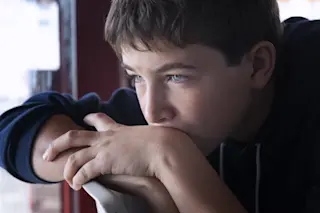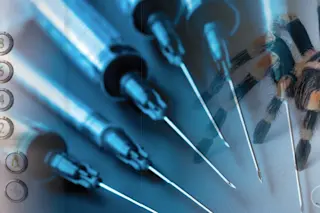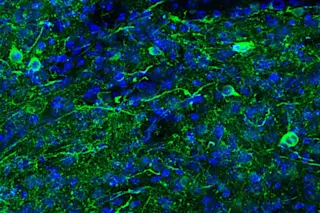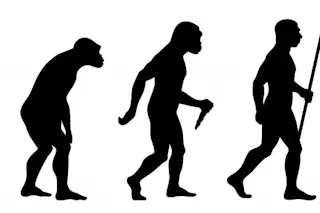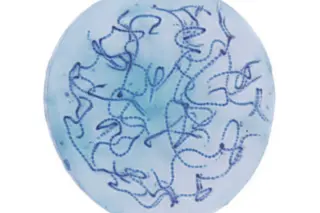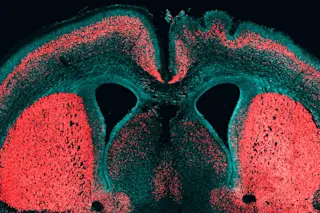As alarm grew over autism prevalence at the turn of this century, there was much public talk of a growing “epidemic.” That language has since softened, and it is now clear that many autistic people were there all along, their condition unrecognized until relatively recently. But what is the cause?
The emerging narrative today is that there is no single cause — rather, multiple factors, roughly sorted into the categories of genetics and environment, work together in complex ways. Because of this complexity and the hundreds of gene variants that have been implicated, developing human brains may follow many possible paths to arrive at a place on the autism spectrum. And this may help explain something true about autism: It varies greatly from one person to the next.
As clinicians view it, autism involves communication deficits and formulaic, repetitive behaviors that present obstacles to establishing conventional relationships. The soft borders ...


